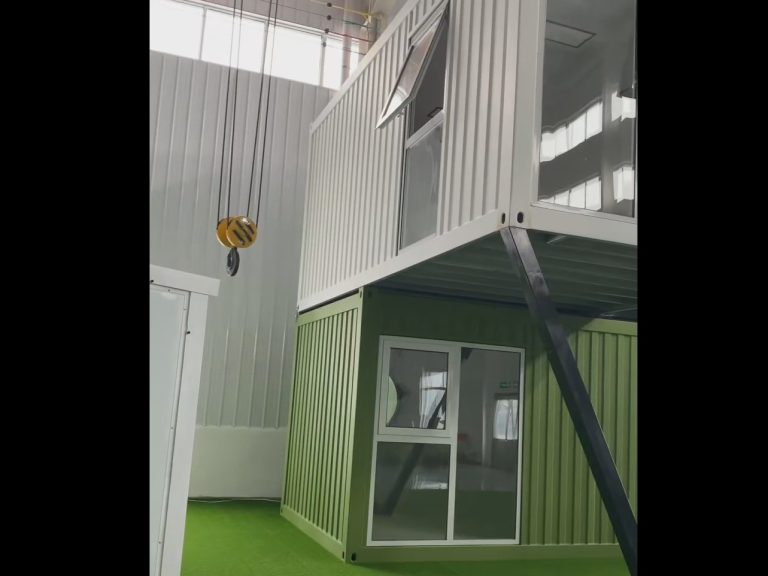Table of Contents
The Impact of Audio on Sound Absorption in Different Environments
Sound absorption and noise reduction are crucial factors to consider in various environments, such as offices, schools, hospitals, and homes. The acoustics of a space can greatly affect the overall comfort and productivity of individuals within it. One often overlooked aspect of sound absorption is the impact of audio on the effectiveness of sound absorption materials.
When we think of sound absorption, we typically think of materials like acoustic panels, ceiling tiles, and carpets. These materials are designed to absorb sound waves and reduce reverberation in a space. However, the presence of audio in a room can significantly affect how these materials perform.
For example, in a room with no audio playing, sound absorption materials can effectively reduce noise levels and create a more comfortable environment. But when audio is introduced, such as music playing from speakers or people talking, the effectiveness of these materials can be compromised.
This is because sound absorption materials are designed to absorb specific frequencies of sound. When audio is present, it can introduce additional frequencies that may not be effectively absorbed by these materials. As a result, the overall sound absorption in the room may be reduced, leading to increased noise levels and decreased comfort.
To address this issue, it is important to consider the impact of audio on sound absorption when designing and implementing acoustic solutions in a space. One way to do this is to conduct a thorough analysis of the audio environment in the room. This can involve measuring the frequency and intensity of sound waves present, as well as identifying any sources of audio that may be affecting the effectiveness of sound absorption materials.

Once the audio environment has been assessed, adjustments can be made to optimize the performance of sound absorption materials. This may involve selecting materials that are better suited to the frequencies present in the room, or adjusting the placement of materials to maximize their effectiveness.
In addition to selecting the right materials, it is also important to consider the placement of audio sources in relation to sound absorption materials. For example, placing speakers near sound absorption panels can help to minimize the impact of audio on the overall sound absorption in the room.
Another important factor to consider is the type of audio being played in the room. Different types of audio, such as music, speech, or ambient noise, can have varying effects on sound absorption. For example, music with a wide range of frequencies may be more challenging for sound absorption materials to effectively absorb, compared to speech or ambient noise.
By taking these factors into account, it is possible to optimize the performance of sound absorption materials and create a more comfortable and productive environment for individuals in a space. Ultimately, understanding the impact of audio on sound absorption is essential for achieving effective noise reduction and creating a pleasant acoustic environment.
Techniques for Effective Noise Reduction through Audio Manipulation
Sound absorption and noise reduction are crucial factors in creating a comfortable and peaceful environment, whether it be in a home, office, or public space. While traditional methods such as acoustic panels and soundproofing materials are commonly used to address these issues, the use of audio manipulation is a lesser-known but highly effective technique that can significantly enhance the sound absorption and noise reduction capabilities of a space.
One of the key ways in which audio manipulation can be used to improve sound absorption and noise reduction is through the use of white noise. White noise is a type of sound that contains all frequencies at equal intensity, effectively masking other sounds and creating a more consistent background noise. By strategically placing white noise generators throughout a space, it is possible to reduce the impact of external noises and create a more peaceful and quiet environment.
Another technique that can be used to enhance sound absorption and noise reduction is the use of sound masking. Sound masking involves the use of specially designed audio systems to create a background noise that is specifically tailored to mask unwanted sounds. By adjusting the frequency and volume of the sound masking system, it is possible to effectively reduce the impact of external noises and create a more comfortable and peaceful environment.
In addition to white noise and sound masking, the use of audio reflectors can also be an effective way to improve sound absorption and noise reduction. Audio reflectors are specially designed surfaces that are placed strategically throughout a space to reflect sound waves away from the listener. By redirecting sound waves in this way, it is possible to reduce the impact of external noises and create a more peaceful and quiet environment.
It is important to note that the effectiveness of audio manipulation techniques for sound absorption and noise reduction can vary depending on the specific characteristics of a space. Factors such as the size and shape of the room, the materials used in construction, and the types of external noises present can all impact the effectiveness of these techniques. As such, it is important to carefully assess the unique characteristics of a space before implementing audio manipulation techniques for sound absorption and noise reduction.
In conclusion, the use of audio manipulation techniques can be a highly effective way to enhance sound absorption and noise reduction in a variety of spaces. By strategically using techniques such as white noise, sound masking, and audio reflectors, it is possible to create a more comfortable and peaceful environment that is free from unwanted external noises. However, it is important to carefully assess the unique characteristics of a space before implementing these techniques to ensure optimal results. With the right approach, audio manipulation can be a powerful tool for creating a more peaceful and quiet environment.






